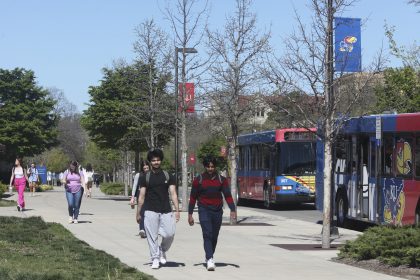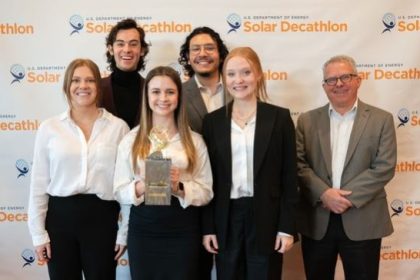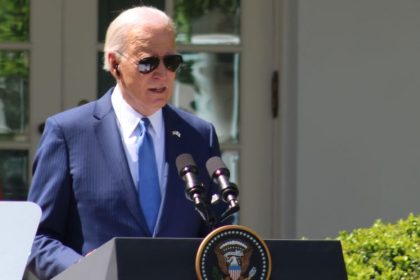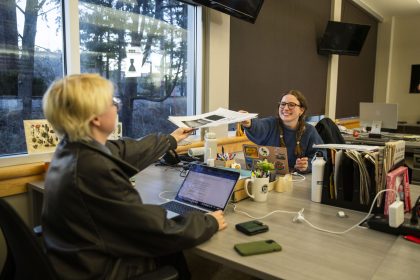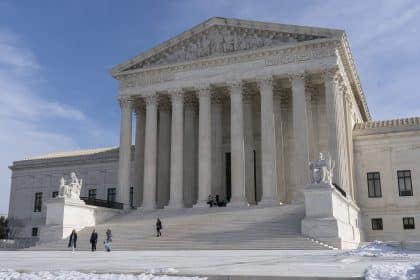Harvard President Urges ICE to Ease ‘Hurdles’ for International Students
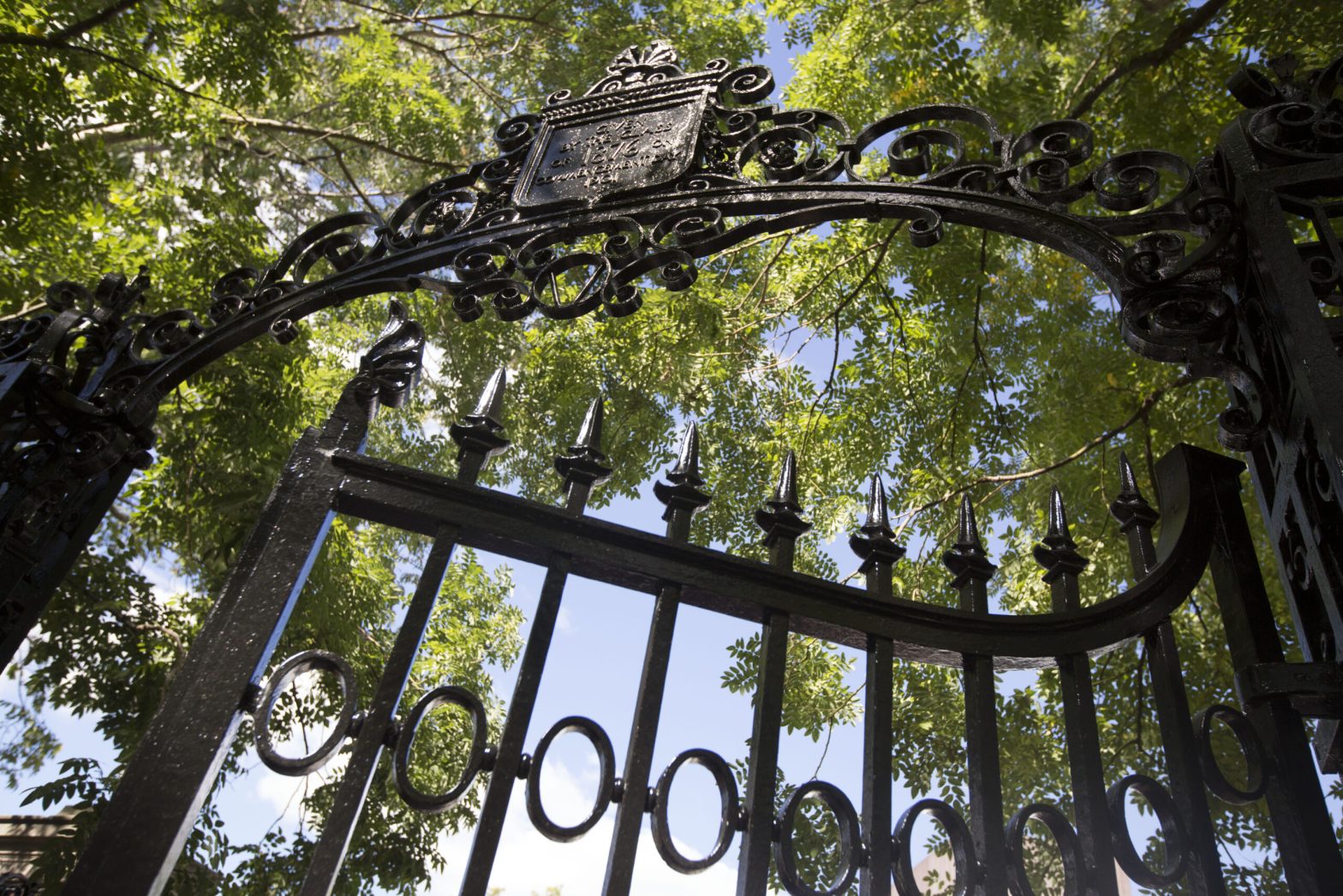
CAMBRIDGE, Mass. — The president of Harvard University is urging the White House to untangle barriers put in place by the Trump administration and make it easier for international students to engage in low residency or hybrid educational programs.
In a letter to Tracy Renaud, acting director of the Citizenship and Immigration Services, Harvard President Lawrence Bacow said such a move would allow Harvard and other colleges and universities “to extend the reach of our programs to more students.”
Bacow went on to note that during the Trump administration “executive orders and presidential proclamations barred entry to many, with others beset by processing delays, backlogs and administrative hurdles designed to frustrate access to opportunities in this country.
“As a result, a shadow of uncertainty has been cast over immigrants and non-immigrants alike — and it has taken a toll in higher education,” he said.
The most recent, Open Doors Report on International Educational Exchange, released in November, announced the fourth straight year of decline in new student enrollments, and the first year-over-year decline in total international student enrollments since 2005.
It also estimated, with an assist from the Department of Commerce, that international students contributed $44 billion to the U.S. economy in 2019.
“An immediate concern is the significant backlog of international students and scholars awaiting visas overseas,” Bacow continued.
“In recent weeks, the State Department has announced, as consulates reopen, students and scholars will be given priority for processing (after US citizens and emergency requests),” he said. “As part of that effort, USCIS should work within DHS to ease the return to campus, including arrival at US ports of entry.
“I also encourage you to review the COVID-related travel restrictions on certain countries, including China, Brazil, and South Africa, and, working with the Departments of State and Health and Human Services, consider issuing a new national interest determination covering students and scholars, similar to the policy for the Schengen Area, UK, and Ireland, thereby helping to ensure that greater numbers of students, faculty, and staff are able to return to campus to conduct on-campus research and to resume their academic programs,” he wrote.
In July 2020, Harvard and the Massachusetts Institute of Technology sued the Trump administration after ICE announced the State Department would not issue visas to students enrolled in programs that are fully online for the fall semester.
This limited international student enrollment in U.S. universities. It also threatened the status of existing students who had their course move online during the pandemic.
Harvard maintained that all its classes for the 2020-21 academic year will be conducted online “with rare exceptions.”
“Today’s Biden administration takes a more positive view on immigration — especially that of international students,” Bacow said. “Yet the visa processing backlog is still a cause for worry among university hopefuls.
“Many US embassies and consulates have yet to resume regular visa processing since the pandemic broke out, causing stakeholders to worry that international students will not make it back to US universities for the fall semester,” he said.
In March, the Student and Exchange Visitor Program, part of U.S. Immigration and Customs Enforcement, released its annual report detailing the international student population, which in 2020 reflected the impact of the global pandemic.
The web-based system the report was based on includes information about international students, exchange visitors and their dependents while they are in the United States.
The report notes that there were 1.25 million active records in the system for the 2020 calendar year, a 17.86% decrease from the year before.
U.S. schools saw a 72% decrease in new international student enrollment in 2020 compared to 2019. New international students include those who were not enrolled in a program of study at a U.S. school during the previous calendar year.
In January 2020, new international student enrollment at U.S. schools was on par with January 2019 enrollment for international students in both academic degree programs and those pursuing vocational degree programs.
However, U.S. schools saw dramatic decreases in new international student enrollment in both August and September, traditionally months where the largest numbers of new international students enroll in U.S. schools.
In Aug. 2020, there was a 91% decrease in enrollment in international students seeking academic degrees, and a 72% decrease in overall international student enrollment at U.S. schools.
The number of international students enrolled in K-12 programs of study decreased 24.6% from 2019 to 2020.
In 2019, three K-12 schools enrolled more than 700 international students, with one school hosting more than 1,000 international students. In comparison, in 2020, only one school hosted more than 700 international students.

















